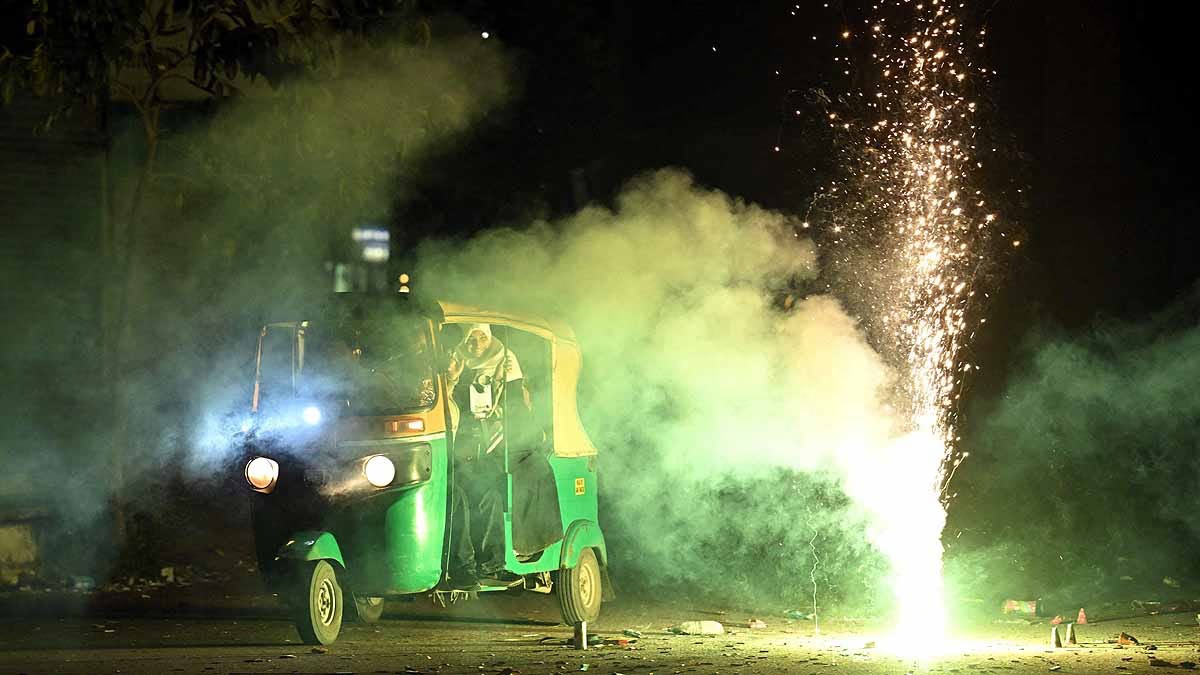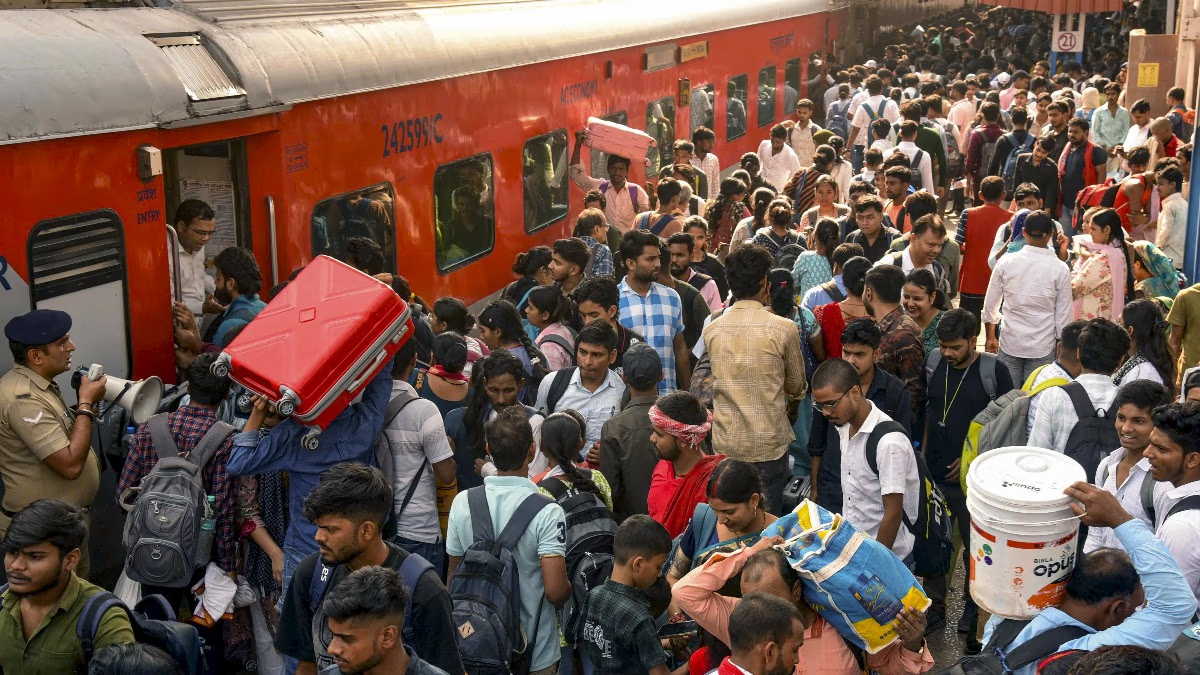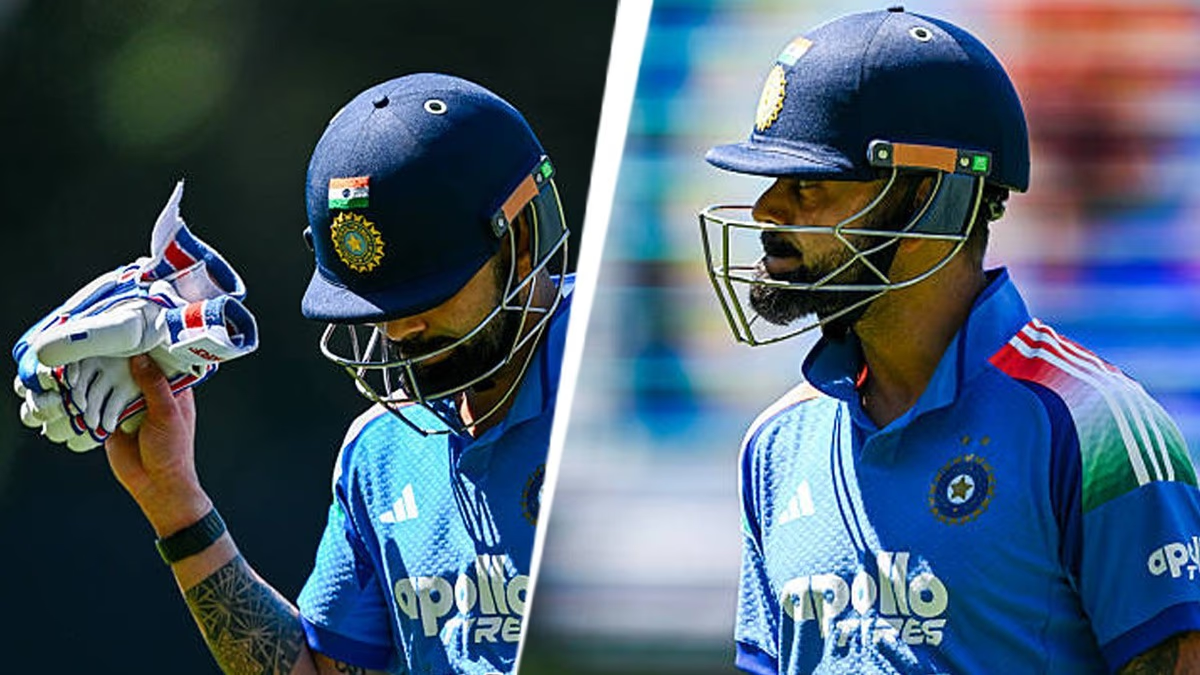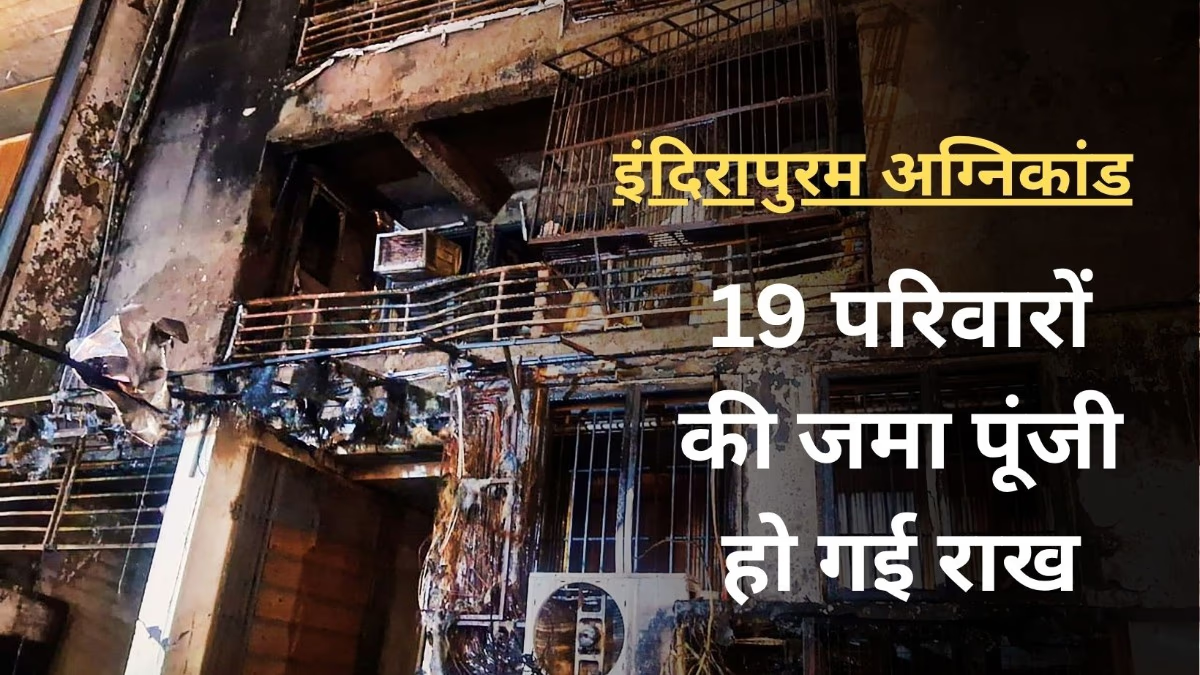The festival of Diwali symbolizes the triumph of light, yet it turns the air toxic in Delhi-NCR. Celebrated in 2025, Diwali witnessed PM2.5 levels peaking at 488 micrograms per cubic meter, the highest in the last five years. Fireworks, an increasing number of vehicles, and adverse weather catapulted pollution to extreme levels.
Data from the Central Pollution Control Board (CPCB) highlights the progressively worsening issue each year. Let's delve into the facts, causes, and expert opinions.
Read also: How to Identify Green Firecrackers, Potential Penalties for Mistakes?
During Diwali, fine particulate matter (PM2.5) in the air surges dramatically. These particles embed themselves in lungs, potentially causing respiratory illnesses. Hourly averages from all monitoring stations in Delhi were taken from CPCB's network.
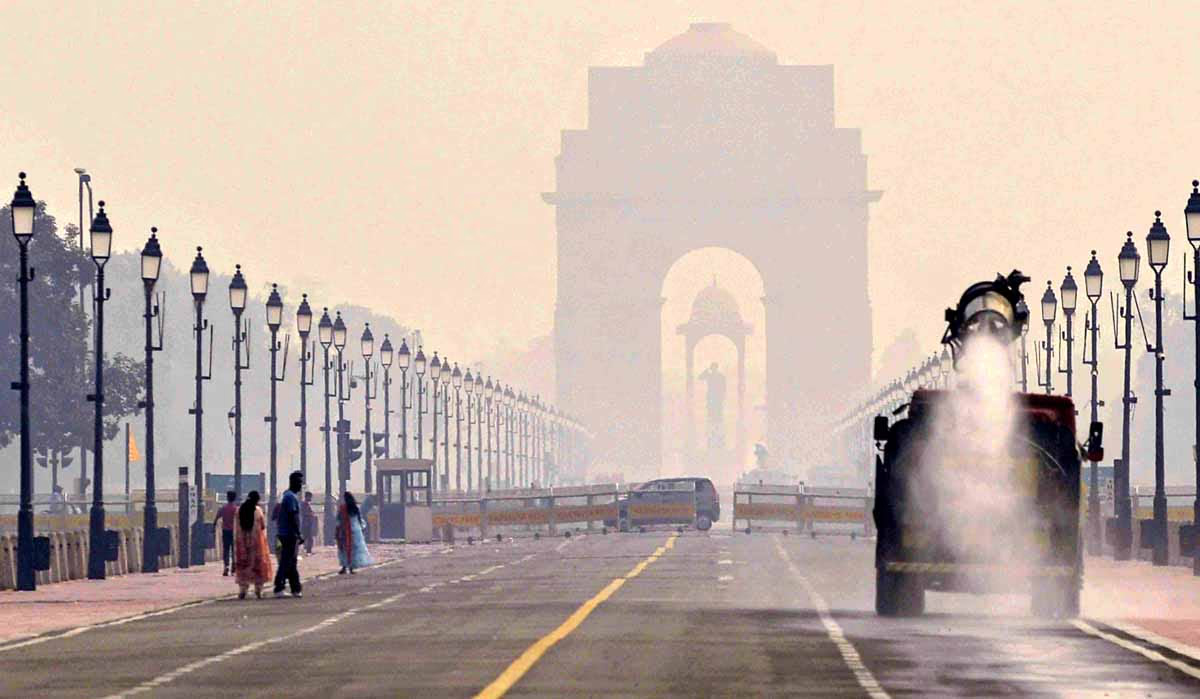
Source: aajtak
Annually, three 24-hour segments were analyzed: pre-Diwali, Diwali night, and post-Diwali. Comparing PM2.5 (micrograms per cubic meter) with temperature (°C) unveils how cold nights and low wind trap pollution.
The PM2.5 levels peaked at Diwali night or immediately after. Here's a year-wise glimpse of averages and ranges (minimum-maximum)...
2025: Worst year. Pre-Diwali average 156.6, Diwali 237, and post-Diwali 488. Maximum 675.1 (post-Diwali). Cold nights suppressed pollutants.
2024: Pre-Diwali 92.9, roughly 200 during Diwali, and 350 after. Midnight peak reached 447.
2023: Lowest pre-Diwali average at 92.9, yet post-Diwali exceeded 300. Mild cold weather, yet issues persisted.
2022: Average between 250-300. Lower peaks, consistent pollution levels.
2021: Post-Diwali jumped to 400 despite early COVID restrictions.
On Diwali night (October 20, 2025), PM2.5 rose from 94 in the afternoon to 237, then surged to 497 by night. Temperatures dropped from 27°C pre-Diwali to 20°C thereafter, leading to a 'temperature inversion'—warm air trapped cold air, caging pollution. Winds were less than 1 meter/second, hindering dispersion.
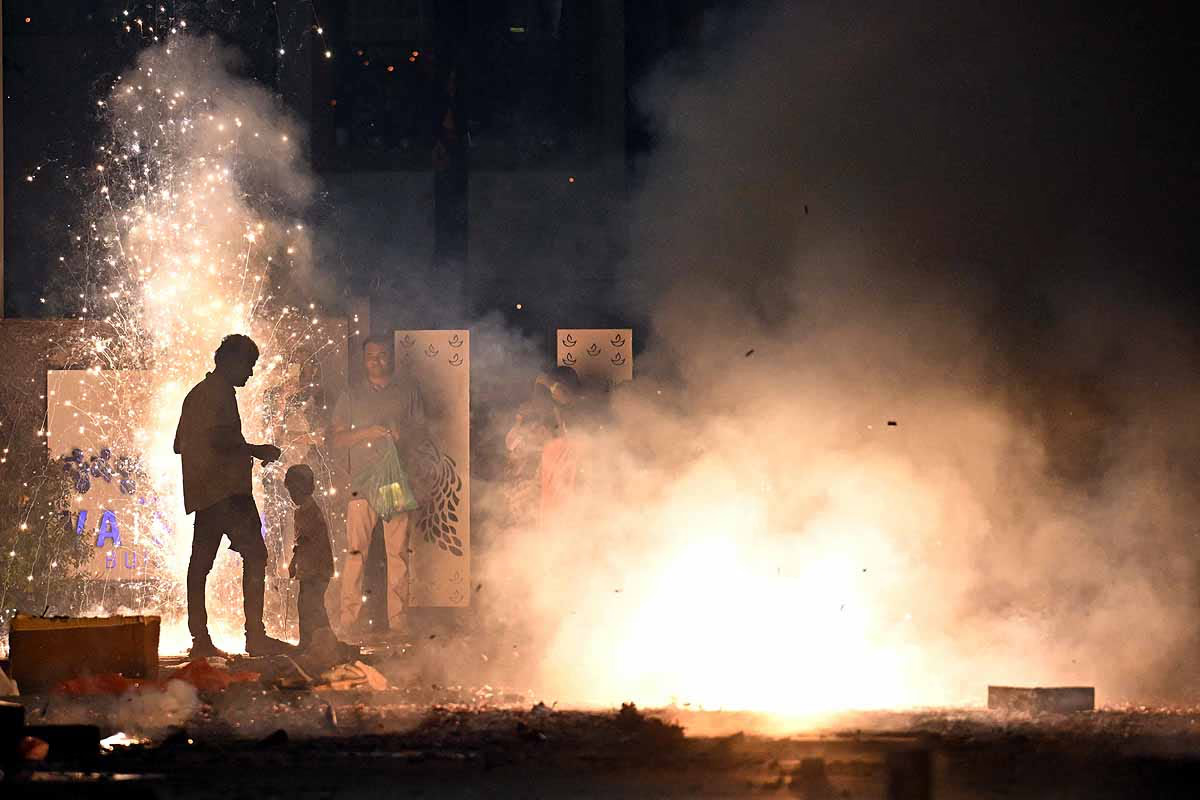
Source: aajtak
Delhi struggles with dust, vehicles, and factories, with Diwali adding smoke from fireworks. Experts say stubble burning's impact is minimal (just 0.8%), most pollution originates locally. The Bay of Bengal's depression traps air stagnation. Humidity of 60-90% suspends particles in the air.
Read also: Relief for Delhi ahead of Diwali as Supreme Court approves green crackers, but with conditions
Specialists express concern over 2025's alarming pollution. They discuss CPCB data and weather analysis...
Dr. S.K. Dhaka from Delhi University's Capital College stated that elevated PM2.5 levels are largely due to fireworks across the city. With wind speeds dipping below 1 m/sec and directions North-Northwest, pollution couldn't disperse. Humidity stood at 80% in rural and 70% in urban territories. Even green crackers amplified PM spikes. The pollution is domestic, not imported. Quality checks on green crackers are essential.
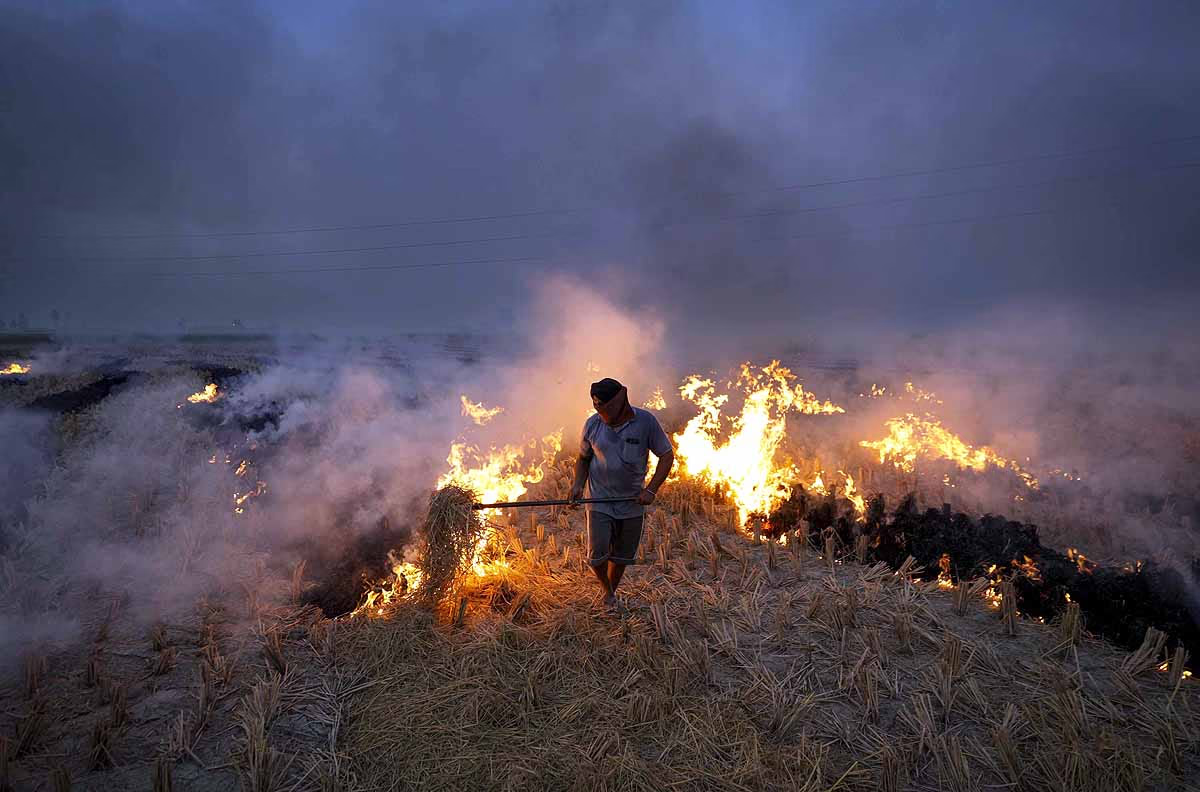
Source: aajtak
Aarti Khosla, Climate Trends' founder and director, expresses regret that despite years of witnessing firework impacts, reality is often ignored. Personally, many forget how pollution affects children, pregnant women, the elderly, and ill individuals. I urge everyone to show sensitivity towards those around us and the environment.
Palak Balyan, Climate Trends’ research lead, revealed that this year’s Diwali was worse than before. Data shows PM levels jumped from 156.6 pre-festival to 488 post-festival—an over threefold increase. Fireworks caused a noticeable rise on October 19-20 nights. Images and ground data reveal 'green' crackers offer no significant difference. Allowing fireworks in NCR's poor AQI is no longer viable.
Despite a reduction in stubble burning (down 77%), pollution remains high, indicating the need for vehicle, dust, and fireworks control inside cities. Construction has halted under GRAP, and vehicular restrictions apply. Experts advocate for year-round measures, not just during Diwali. Initiatives like cloud seeding and air purification should expand.
